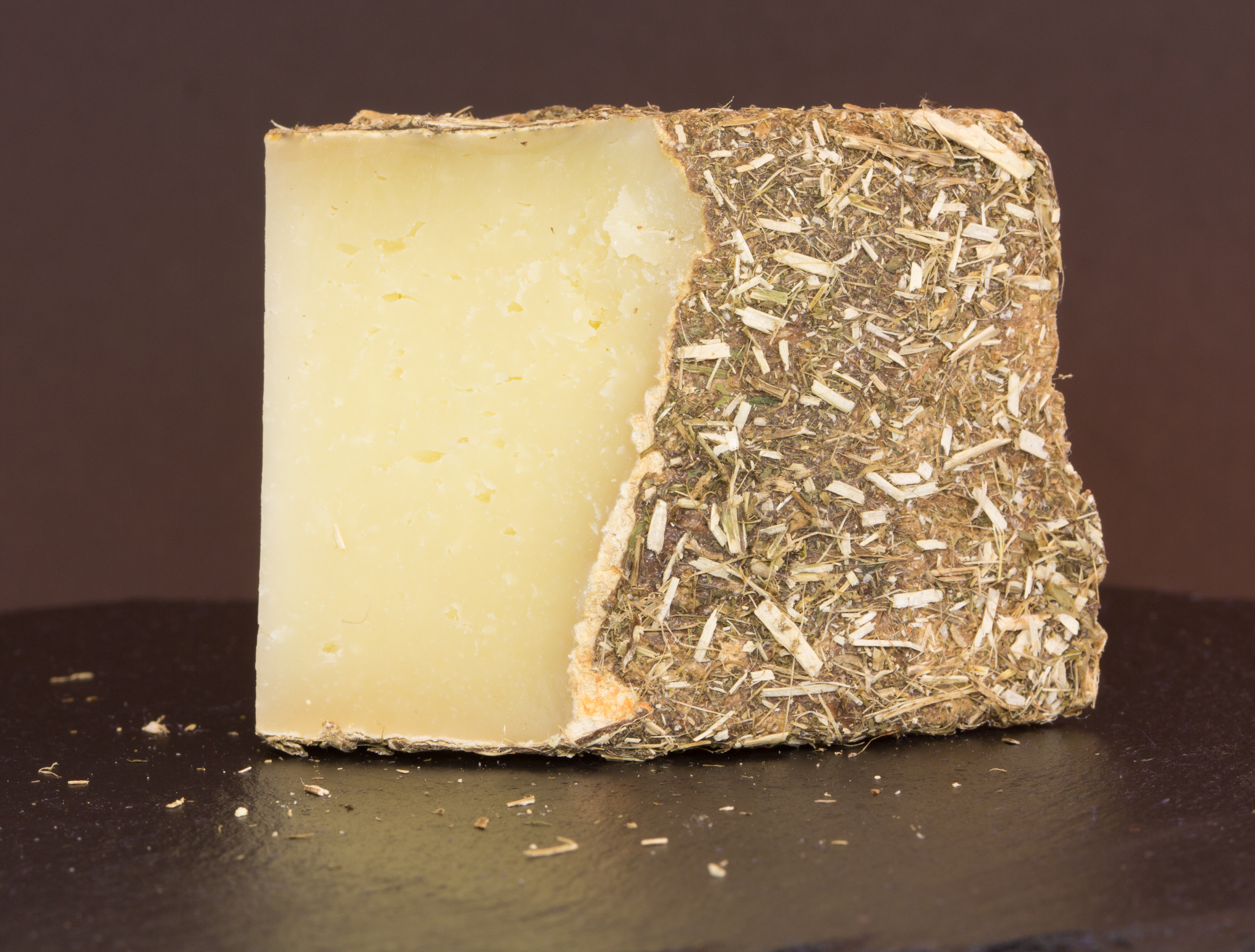|
Granulation (other)
Granulation is the process of forming grains or pellets from a powdery or solid (granular) material Granulation can also refer to: *Granulation tissue, a product of healing in major wounds *Granulation (jewellery), small spheres of precious metal fused to a base piece See also * Granularity * Granularity (parallel computing) * Granular cheese * Granular convection * Granular material * Granular synthesis Granular synthesis is a sound synthesis method that operates on the microsound time scale. It is based on the same principle as sampling. However, the samples are split into small pieces of around 1 to 100 ms in duration. These small pieces ar ... of sound * Granule (other) * Granulometry (other) {{disambiguation ... [...More Info...] [...Related Items...] OR: [Wikipedia] [Google] [Baidu] |
Granulation
Granulation is the process of forming grains or granules from a powdery or solid substance, producing a granular material. It is applied in several technological processes in the chemical and pharmaceutical industries. Typically, granulation involves agglomeration of fine particles into larger granules, typically of size range between 0.2 and 4.0 mm depending on their subsequent use. Less commonly, it involves shredding or grinding solid material into finer granules or pellets. From powder The granulation process combines one or more powder particles and forms a granule that will allow tableting to be within required limits. It is the process of collecting particles together by creating bonds between them. Bonds are formed by compression or by using a binding agent. Granulation is extensively used in the pharmaceutical industry, for manufacturing of tablets and pellets. This way predictable and repeatable process is possible and granules of consistent quality can be p ... [...More Info...] [...Related Items...] OR: [Wikipedia] [Google] [Baidu] |
Granulation Tissue
Granulation tissue is new connective tissue and microscopic blood vessels that form on the surfaces of a wound during the healing process. Granulation tissue typically grows from the base of a wound and is able to fill wounds of almost any size. Examples of granulation tissue can be seen in pyogenic granulomas and pulp polyps. Its histological appearance is characterized by proliferation of fibroblasts and new thin-walled, delicate capillaries (angiogenesis), infiltrated inflammatory cells in a loose extracellular matrix. Appearance During the migratory phase of wound healing, granulation tissue is: * light red or dark pink, being perfused with new capillary loops or "buds"; * soft to the touch; * moist; * bumpy (granular) in appearance, due to punctate hemorrhages; * pulsatile on palpation; * painless when healthy; Structure Granulation tissue is composed of tissue matrix supporting a variety of cell types, most of which can be associated with one of the following functions: ... [...More Info...] [...Related Items...] OR: [Wikipedia] [Google] [Baidu] |
Granulation (jewellery)
Granulation is a jewellery manufacturing technique whereby a surface is covered in spherules or granules of precious metal. The technique is thought to have its origins in Sumer about 5,000 years ago. This technique then spread to southern Europe during the orientalizing period, also through the role of Phoenicians, who had founded colonies in Sardinia, Sicily and Spain, or Near Eastern craftsmen. In the first millennium B.C. the technique was used by Etruscans living in present-day Italy. Greek craftsmen also employed the technique, but it was the work coming from Etruria which became famous, in part due to the mysteries surrounding the process. Methods This technique is notoriously difficult and mysterious in the jewelry world. So much that Ancient Greeks had young children place granules due to the extreme patience and near perfect eyesight needed to place each granule onto the base of the metal being fused. Granulation may be employed in three elaborate ways: the outline st ... [...More Info...] [...Related Items...] OR: [Wikipedia] [Google] [Baidu] |
Granularity
Granularity (also called graininess), the condition of existing in granules or grains, refers to the extent to which a material or system is composed of distinguishable pieces. It can either refer to the extent to which a larger entity is subdivided, or the extent to which groups of smaller indistinguishable entities have joined together to become larger distinguishable entities. Precision and ambiguity Coarse-grained materials or systems have fewer, larger discrete components than fine-grained materials or systems. * A coarse-grained description of a system regards large subcomponents. * A fine-grained description regards smaller components of which the larger ones are composed. The concepts granularity, coarseness, and fineness are relative; and are used when comparing systems or descriptions of systems. An example of increasingly fine granularity: a list of nations in the United Nations, a list of all states/provinces in those nations, a list of all cities in those states, ... [...More Info...] [...Related Items...] OR: [Wikipedia] [Google] [Baidu] |
Granularity (parallel Computing)
In parallel computing, granularity (or grain size) of a task is a measure of the amount of work (or computation) which is performed by that task. Another definition of granularity takes into account the communication overhead between multiple processors or processing elements. It defines granularity as the ratio of computation time to communication time, wherein, computation time is the time required to perform the computation of a task and communication time is the time required to exchange data between processors. . If T_\mathrm is the computation time and T_\mathrm denotes the communication time, then the Granularity G of a task can be calculated as: ::G=\frac Granularity is usually measured in terms of the number of instructions executed in a particular task. Alternately, granularity can also be specified in terms of the execution time of a program, combining the computation time and communication time. Types of parallelism Depending on the amount of work which is performed ... [...More Info...] [...Related Items...] OR: [Wikipedia] [Google] [Baidu] |
Granular Cheese
Granular cheese, also known as stirred curd cheese and hard cheese, is a type of cheese produced by repeatedly stirring and draining a mixture of curd and whey. It can refer to a wide variety of cheeses, including the grana cheeses such as Parmigiano-Reggiano ''(pictured)'' and various others. Many types are commonly used in the production of processed cheese, especially American cheese, which by law must consist of Cheddar cheese, Colby cheese, cheese curd, or granular cheese. Examples Instances of granular cheese types are: * Appenzeller (Switzerland) * Bergkäse (Austria/Germany/Switzerland) * Cheddar (UK) * Dubliner (Ireland) * Grana Padano (Italy) * Manchego (Spain) * Pecorino (Italy) Production Although granular cheese can be created using any method that achieves the designated standard for physical and chemical properties, there is one method that is generally used. First, the milk or cream may be warmed and treated with hydrogen peroxide and catalase, producing water ... [...More Info...] [...Related Items...] OR: [Wikipedia] [Google] [Baidu] |
Granular Convection
Granular convection is a phenomenon where granular material subjected to shaking or vibration will exhibit circulation patterns similar to types of fluid convection. It is sometimes called the Brazil nut effect, when the largest of irregularly shaped particles end up on the surface of a granular material containing a mixture of variously sized objects. This name derives from the example of a typical container of mixed nuts, in which the largest will be Brazil nuts. The phenomenon is also known as the muesli effect since it is seen in packets of breakfast cereal containing particles of different sizes but similar density, such as muesli mix. Under experimental conditions, granular convection of variously sized particles has been observed forming convection cells similar to fluid motion. The convection of granular flows is becoming a well-understood phenomenon. Explanation It may be counterintuitive to find that the largest and (presumably) heaviest particles rise to the top, b ... [...More Info...] [...Related Items...] OR: [Wikipedia] [Google] [Baidu] |
Granular Material
A granular material is a conglomeration of discrete solid, macroscopic particles characterized by a loss of energy whenever the particles interact (the most common example would be friction when grains collide). The constituents that compose granular material are large enough such that they are not subject to thermal motion fluctuations. Thus, the lower size limit for grains in granular material is about 1 μm. On the upper size limit, the physics of granular materials may be applied to ice floes where the individual grains are icebergs and to asteroid belts of the Solar System with individual grains being asteroids. Some examples of granular materials are snow, nuts, coal, sand, rice, coffee, corn flakes, fertilizer, and bearing balls. Research into granular materials is thus directly applicable and goes back at least to Charles-Augustin de Coulomb, whose law of friction was originally stated for granular materials. Granular materials are commercially important in applicat ... [...More Info...] [...Related Items...] OR: [Wikipedia] [Google] [Baidu] |
Granular Synthesis
Granular synthesis is a sound synthesis method that operates on the microsound time scale. It is based on the same principle as sampling. However, the samples are split into small pieces of around 1 to 100 ms in duration. These small pieces are called grains. Multiple grains may be layered on top of each other, and may play at different speeds, phases, volume, and frequency, among other parameters. At low speeds of playback, the result is a kind of soundscape, often described as a cloud, that is manipulatable in a manner unlike that for natural sound sampling or other synthesis techniques. At high speeds, the result is heard as a note or notes of a novel timbre. By varying the waveform, envelope, duration, spatial position, and density of the grains, many different sounds can be produced. Both have been used for musical purposes: as sound effects, raw material for further processing by other synthesis or digital signal processing effects, or as complete musical works in the ... [...More Info...] [...Related Items...] OR: [Wikipedia] [Google] [Baidu] |
Granule (other)
A granule is a large particle or grain. It can refer to: * Granule (cell biology), any of several submicroscopic structures, some with explicable origins, others noted only as cell type-specific features of unknown function ** Azurophilic granule, a structure characteristic of the azurophil eukaryotic cell type ** Chromaffin granule, a structure characteristic of the chromophil eukaryotic cell type. * Astrophysics and geology: ** Granule (solar physics), a visible structure in the photosphere of the Sun arising from activity in the Sun's convective zone ** Martian spherules, spherical granules of material found on the surface of the planet Mars ** Granule (geology), a specified particle size of 2–4 millimetres (-1 to -2 on the φ scale) * Granule, in pharmaceutical terms, small particles gathered into a larger, permanent aggregate in which the original particles can still be identified * Granule (Oracle DBMS), a unit of contiguously allocated virtual memory * Granular s ... [...More Info...] [...Related Items...] OR: [Wikipedia] [Google] [Baidu] |




.jpg)